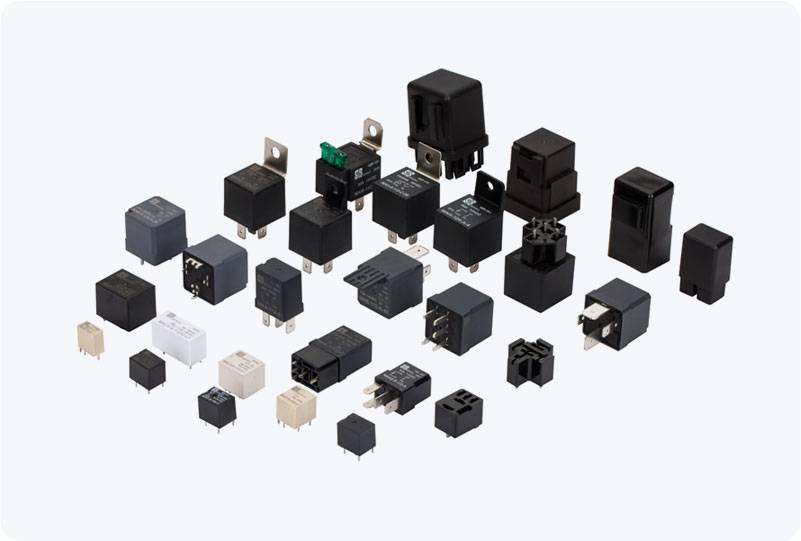As electric vehicles (EVs) continue to gain popularity worldwide, ensuring the safe and efficient operation of these vehicles becomes increasingly important. One key component that plays a vital role in the safe functioning of EVs is the Electric Vehicle High Voltage Relay (EVHVR). This device, although often hidden within the vehicle’s complex electrical system, is indispensable for the management of high voltage power in the vehicle’s battery and drivetrain systems. Understanding the functionality and importance of the EVHVR is crucial in appreciating how it contributes to the overall safety, efficiency, and longevity of electric vehicles.

What is an Electric Vehicle High Voltage Relay? The Electric Vehicle High Voltage Relay is an electrical switch used in the high voltage systems of electric vehicles. It serves to connect or disconnect various high-voltage components, such as the battery pack, charging system, and powertrain, based on the vehicle’s operational needs. The high-voltage relay ensures that the vehicle’s electrical circuits are correctly managed, which includes controlling the flow of electricity in critical systems like the motor, the battery, and the charging mechanism. Unlike traditional relays found in conventional vehicles, the EVHVR is specifically designed to handle much higher voltage levels, often ranging from 300V to over 800V, which is typical for electric vehicles. This capability is essential for providing the necessary power for driving the electric motor and enabling efficient operation of the vehicle.